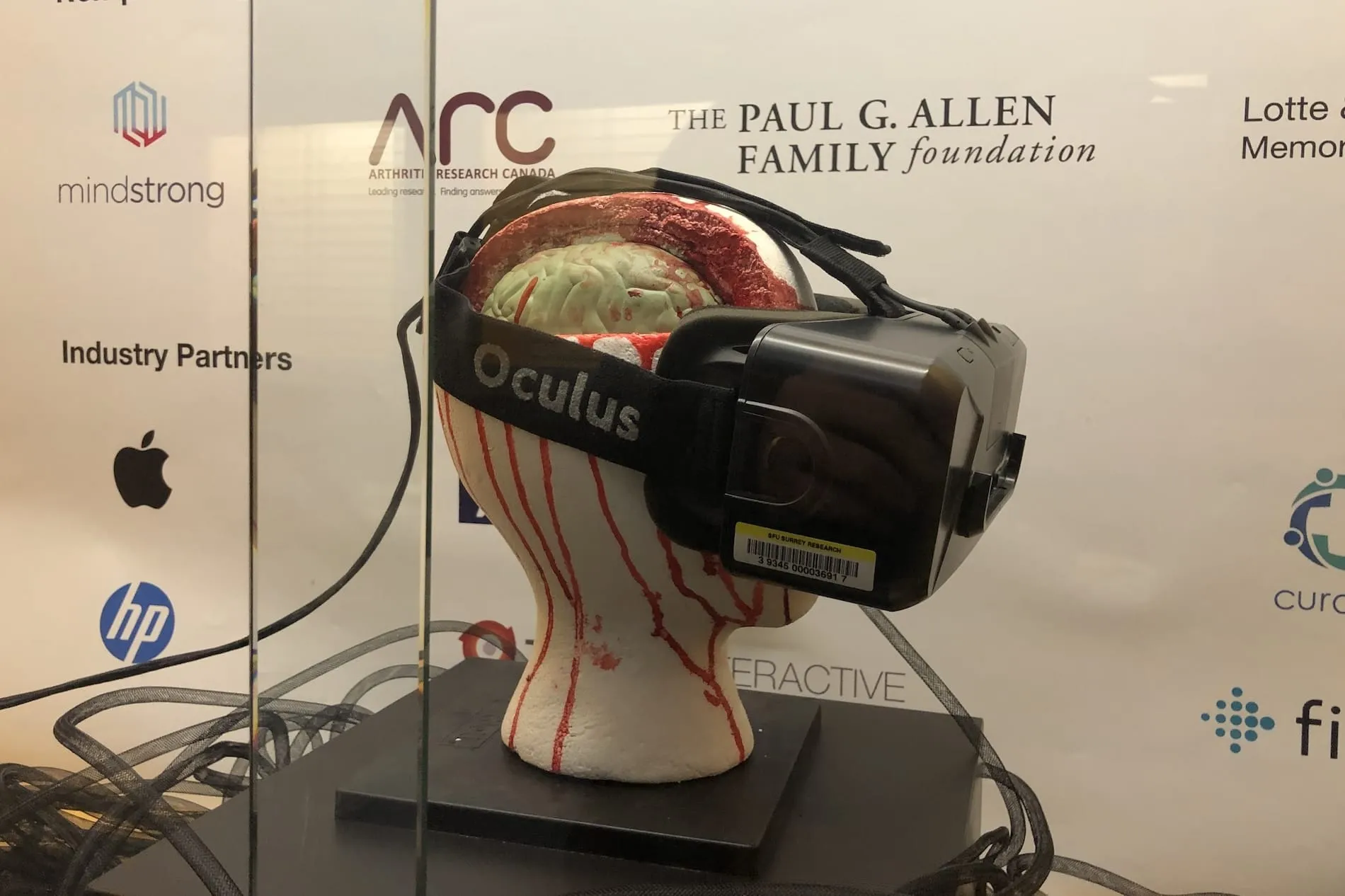Understanding Immersion: A Cognitive Process Model

My notes on this paper I read and several lectures while taking IAT 445: Immersive Environments.
Immersion as a Cognitive Process
- Immersion takes place in the mind of the spectator.
Constructive Model of Immersion
- Spectator: Observer
- Medium: Artefact which suggests an alternative reality
- Content: Information provided through the medium
- World: A real-time subjective sense of consistent reality
The spectator’s mind senses relatively few elements around it and uses this input in concert with prior knowledge to immerse itself in the perception of a constructed (and cohesive) reality.
There’s a two-way interaction between a medium’s affordances for immersion and a spectator’s attention, which exploits the tendency to construct worlds.
Immersion is modelled as a process of the spectator’s mind co-creating the holistic experience of a virtual world suggested by the medium.
- Mind is capable of simulating realities.
- Private experience for a transformative experience.
- Simulating things that are not possible in reality (time, space, identity).
Duality of Presence
- We don’t completely immerse into one world; we feel like we’re at two places at once and can tap into empathy.
Features of Immersion
- Lack of awareness of time
- Loss of awareness of the real world
- Involvement and a sense of being in the task environment
Constraints should be logical, semantic, or cultural to guide actions and ease interpretation.
Changing Bodies and Bodily Resonance
- Changing bodies changes minds: Owning another body affects social cognition.
- Bodily resonance: The process by which the perception of bodily states in others can activate similar bodily states in the self. Central to empathy, understanding, etc.
The more realized the immersive environment, the more active we want to be within it (agency).
Presence Subprocesses
- Proto-presence: The first subprocess of presence is related to the emergence of the proto-self: the intuitive perception of successfully differentiating the self from the external world through action. It depends on the level of perception-action coupling (self vs. non-self).
- Core Presence: The second subprocess of presence is related to the emergence of the core self: the intuitive perception of successfully acting in the external world toward a present object. It depends on the level of vividness (self vs. present external world).
- Extended Presence: The third subprocess of presence is related to the emergence of extended self: the intuitive perception of successfully acting in the external world toward a possible object. It depends on the level of relevance (self vs. possible external world).
Interactivity
- Internal vs. External: User projects themselves as members of the virtual world vs. users are situated outside the virtual world.
- Exploratory vs. Ontological: Navigate but not alter the plot vs. being able to impact the plot by going different paths.
Transformative Experiences
- Perceptual Experience: New perspective on an intellectually familiar concept.
- Cognitive Shift: Changes in worldview (e.g., increased connectedness).
- Behavioural Change: Pro-environmental behaviours.
Transition 1
When presented with a powerful and novel perceptual experience, an individual has three options: assimilation, accommodation, or rejection. If the experience fits the current worldview, it is assimilated, and no further change occurs. If the experience does not fit the worldview, causing perceptual dissonance, the worldview needs to accommodate the new perspective, leading to a cognitive shift. If the individual cannot accommodate the new perspective, it will be rejected by finding an alternative explanation for the experience.
Transition 2
Cognitive dissonance theory explains the transition from cognitive to behavioural change through the emergence of disequilibrium and the desire to return to equilibrium. If the new worldview is inconsistent with current behaviour, then to resolve the conflict, either the worldview or behaviour must change. Since the worldview has just been adjusted to accommodate the perceptual experience, adjusting the worldview would create a new conflict, so the only way to achieve equilibrium would be to modify one’s behaviour to reflect the new values of the expanded mental model.